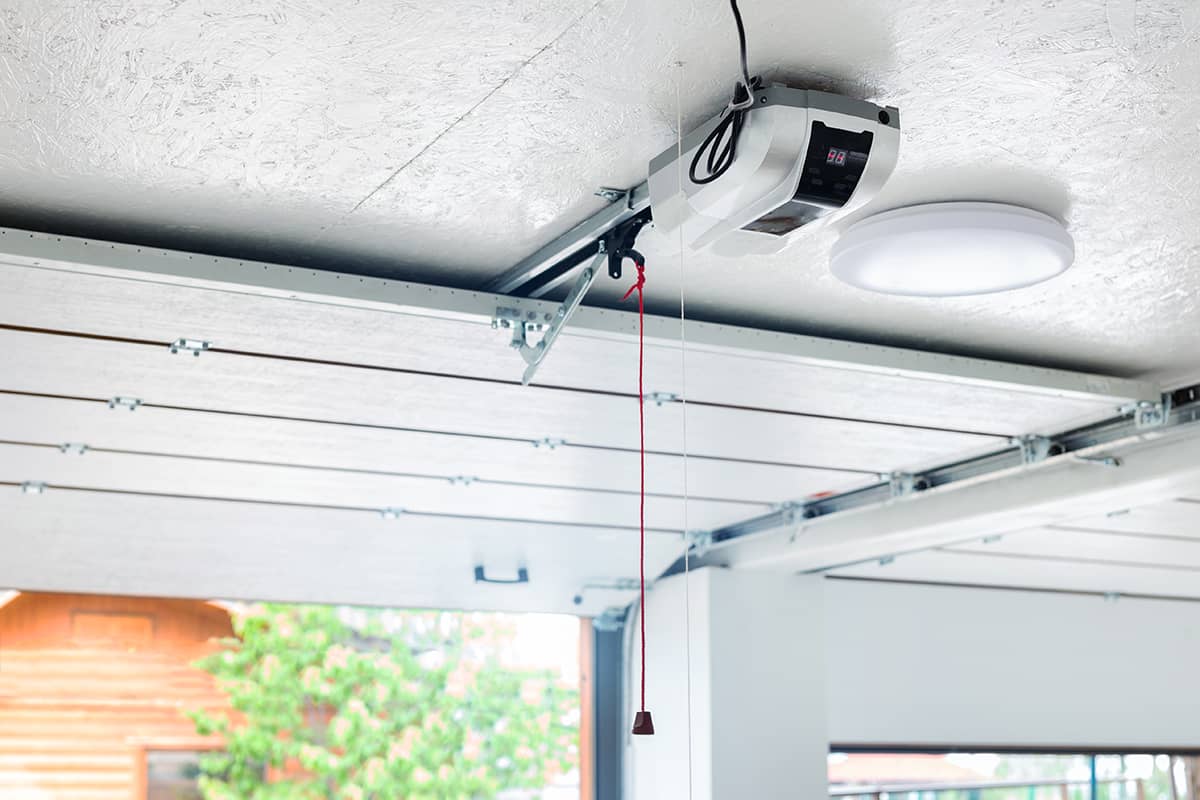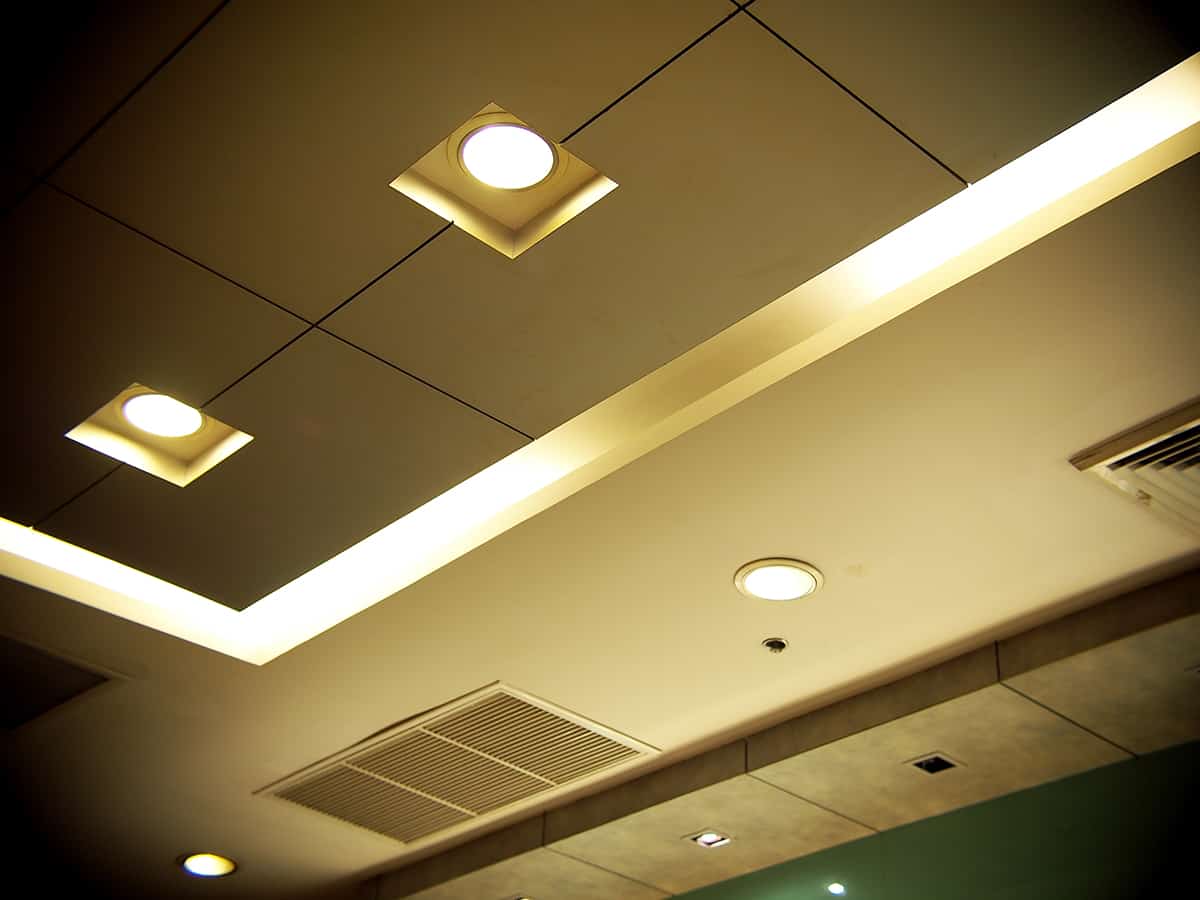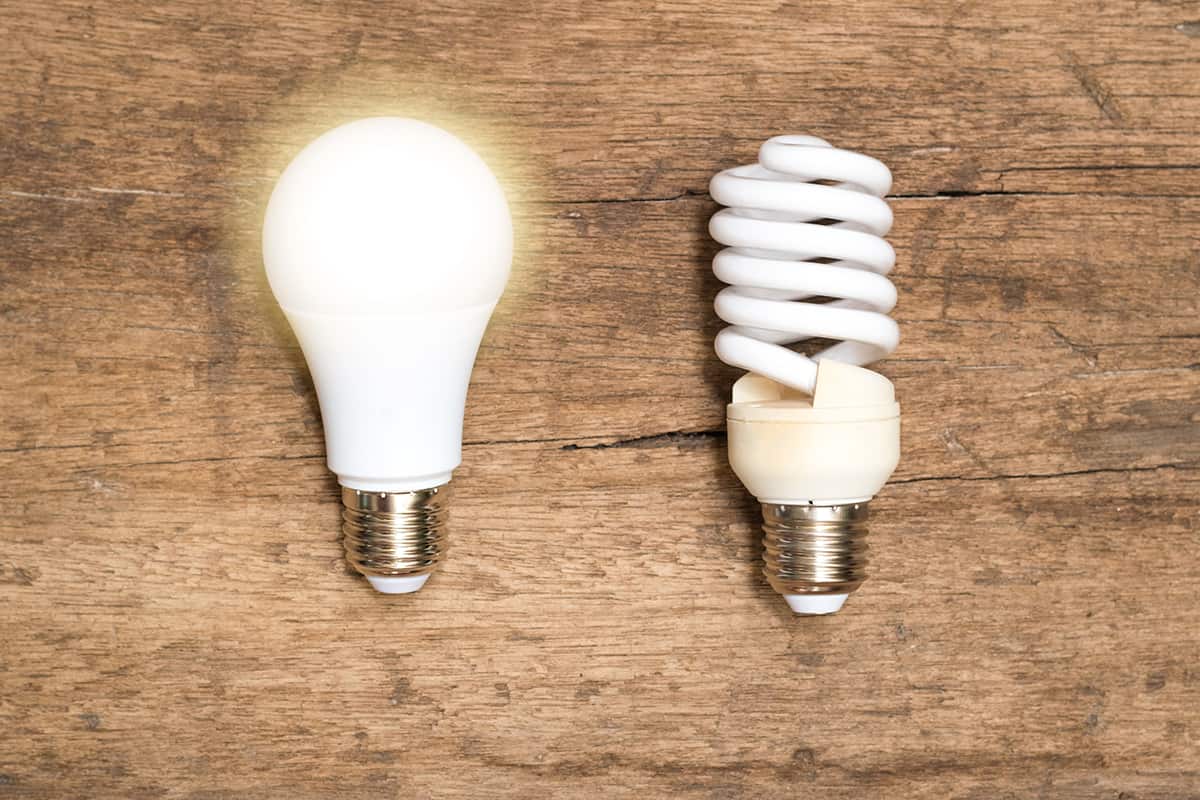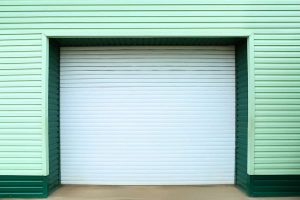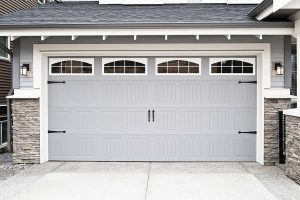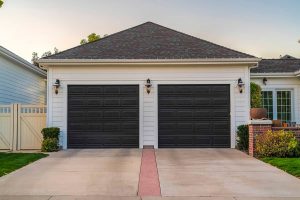Garages have come a long way in terms of functionality. Gone are the days when a garage was strictly used as a parking area for vehicles. They are now also storage spaces, spare bedrooms, man caves, and gyms. Since the purposefulness of a garage has diversified, so has the desired ambiance.
Therefore depending on what you plan for your garage, different features like air conditioning, heating, and lighting can be skewed to match your preferences for the room. In this article, we’ll discuss appropriate lighting for your garage and also propose answers that support the installation of recessed lights.
Ideal Lighting for Your Garage
There are several factors to consider when choosing your preferred lighting options. Different functionalities will determine your lighting characteristics. You need to figure out if you need very bright lights or if you want the option to dim the lights on occasion.
Are you going to do a bunch of projects in different areas of the garage? Then perhaps on top of your overhead lights, you’ll need mobile lights. Some light bulbs don’t do well under cold temperatures, so the prevailing weather in your location determines what lights to use. Price, durability, energy efficiency, installation; are all other attributes to consider before purchase and installation.
The most commonly used lights in modern homes are LED and fluorescent, the latter cheaper but not as efficient as the former. Recessed lights, also known as down-lights, are fixtures installed above the ceiling line, with about 1-2 inch clearance, emitting a spotlight down below.
Can these lights be used in a garage? Yes, we further discuss the viability of recessed lights in a garage below.
Pros of Recessed Lights
Here’s why you should consider inducting these lights in your garage over other available options.
Light up a large area
Since the trim and bulb of these lights are small, they can cover a large surface area, spreading light to further or darker corners you may not reach with one light. This is especially important in a garage to ensure pests don’t make themselves at home in the dark spots of the garage.
Dimming function
Updated recessed lights come with an added dimming feature that enables you to dim and brighten the room to your liking. If you’re setting up your garage as a spare bedroom for just a weekend for your guests that are sleeping over, then you’d want to be able to switch from the full-blown lighting to much softer lighting for your guests, a function these lights will provide.
Perfect for low-leveled ceilings
Unless your garage is a world-class warehouse-looking room, it’s most likely a small room with low-leveled ceilings, cramped with storage boxes and stuffed with dust and little light. The last thing you want in a compact room is hanging ceiling lights that take up even more space and make the room look even more crowded. With recessed lights that are installed into the ceiling, these types of ceiling lights are sufficient without getting in the way.
Chic and contemporary
Contemporary styles are no longer limited to just the living room, kitchen, or bedrooms. With garage spaces transforming into impeccable spare rooms, the interior design must step up a notch, and you will achieve this with these lights. Their design is timeless, minimalist, and sleek, transforming even the dullest garage spaces into lively and modern rooms you would want to hang out in.
Downsides of Recessed Lights
Here are some of the reasons why recessed lights might not be the best option for you;
Takes a lot of time to install
Ordinarily, for a single light fixture, you connect your light to the wiring in the ceiling, and voila, you are set. With recessed lights, depending on the space, you can have over 10 bulbs to fix. All these 10 plus bulbs will need to be linked to one another and then to the main wiring. This takes a lot of time, time that will reflect in your contractor’s pricing.
Your bills could shoot through the roof
The mechanics of installing these lights involves cutting several holes in the ceiling and then install the bulbs. When this is done wrongly, it creates space that can potentially allow air to leak in and out of your house. So if it’s winter and your heater is on, and summer and your AC is on, this air is escaping outside of the room, thus shooting up your bill. The solution to this is proper insulation after installation of the lights, which means more money for an already expensive fixture.
Choosing the Right Light Bulb
Recessed lights can come as incandescent, fluorescent, halogen, or LED light bulbs. However, presently the most efficient of the bunch are the fluorescent and LED bulbs which will be compared to inform your decision.
Fluorescent bulbs/lamps are gas-discharged electric light emitters. They use low-pressure mercury vapor and fluorescent material to emit light. Whereas LED lights, Light-Emitting Diode are semiconductors that are made out of two electrodes where energy flows, releasing visible light with no need of mercury.
With technological advancements over the years and the continued superiority of LED, contractors and engineers all recommend LED as a better lighting option, even for recessed lighting. We discuss these recommended benefits below;
Benefits LED Bulbs have over fluorescent
LED are far more durable bulbs
LED lights are made with rugged materials making them very durable and not susceptible to damage as easily as their counterparts. Their tubes are not as fragile, thus making them up to 10-13 times more reliable than fluorescent lights. This durability is reflected in their price disparity, but LED’s pricing is validated in its purposefulness.
Fluorescent light isn’t directional
If you are a car repair DIY pro that likes to spend weekends popping up the bonnet of your car, changing oils, and fixing other elements, then you’d want great directional lighting that floods right where your working station is. Fluorescent lights emit light at 360 degrees, meaning they are not directional. About 60-70% of that light could be useful, but the other percentage simply goes to waste. This, in turn, means high costs on electricity bills because the bulbs are emitting more than you need.
Efficient at any temperature
Whereas fluorescent lights need room temperature to function appropriately, LED doesn’t. LED lights, when turned on, immediately radiate the required light in full capacity, but their competitor often needs time to adjust to the change in temperatures to work properly. At times, especially in the cold, fluorescent lights will barely light up the room because they don’t have heat dissipation elements like the LEDs to regulate this temperature.
LEDs don’t exude dangerous ultraviolet (UV) energy
Numerous studies have shown that the UV components from fluorescent light have negative effects on human beings’ health. These effects have been linked to diseases such as Asperger’s syndrome, Ménière’s disease, and more.
Conclusion
To round up, recessed lighting is a great lighting option for your garage, and the features and benefits highlighted above show that this kind of lighting is far more functional than other options in the market. While LED lights are pricier than any other lighting option, their benefits are unmatched, thus confirming their price point.
